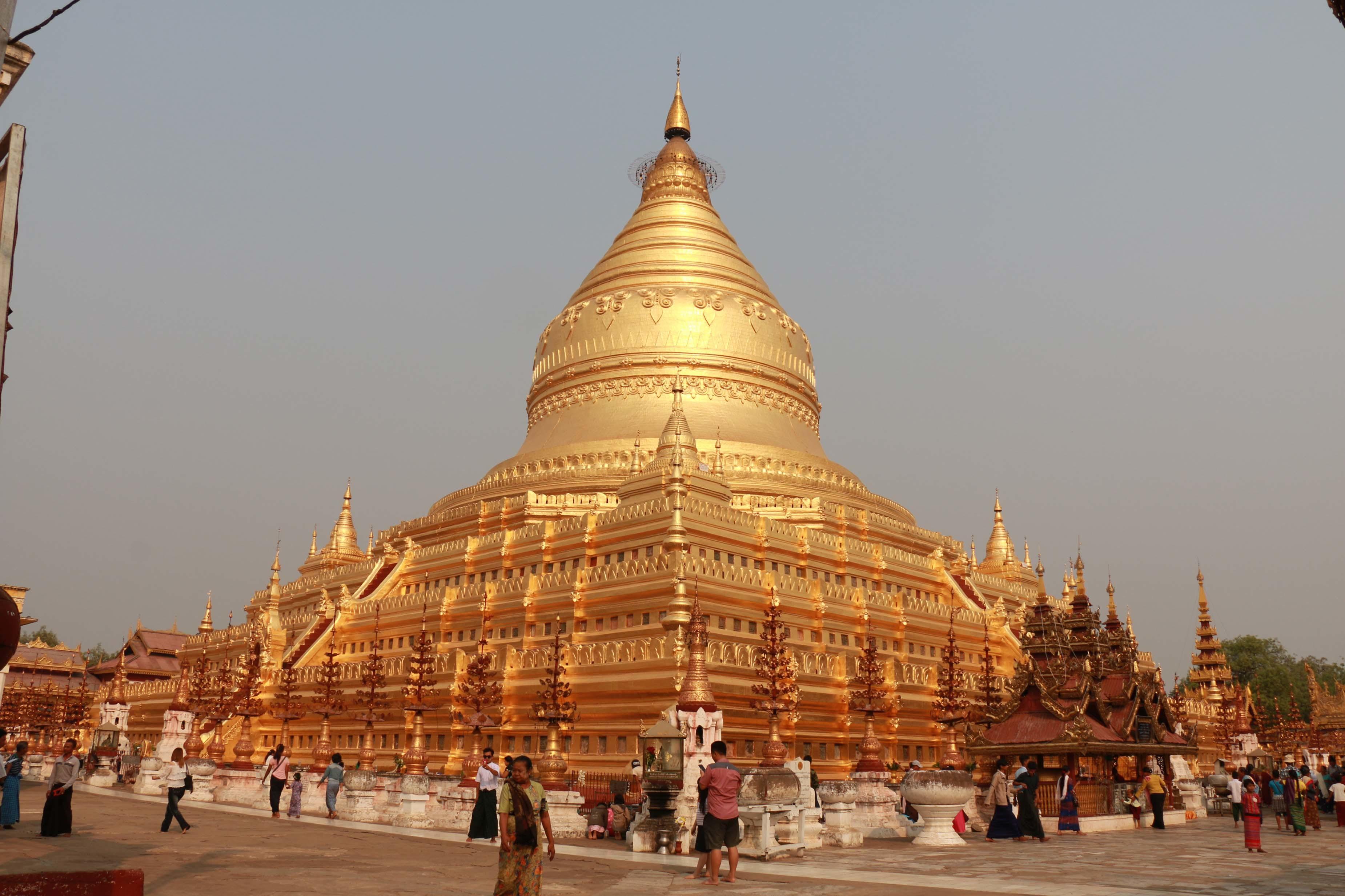
© Department of Archaeology and National Museum
Bagan, Myanmar
It may be time to update your bucket list. This week UNESCO (The United Nations Educational, Scientific and Cultural Organization ) designated 29 new World Heritage Sites. They include natural and man-made wonders from around the globe, chosen because they have cultural, historical, scientific or other forms of significance that make them important to human history. With the designation comes legal protections by international treaties, and the possibility of increased funds for conservation efforts. Here are seven stunning new World Heritage sites that you may want to check out soon.






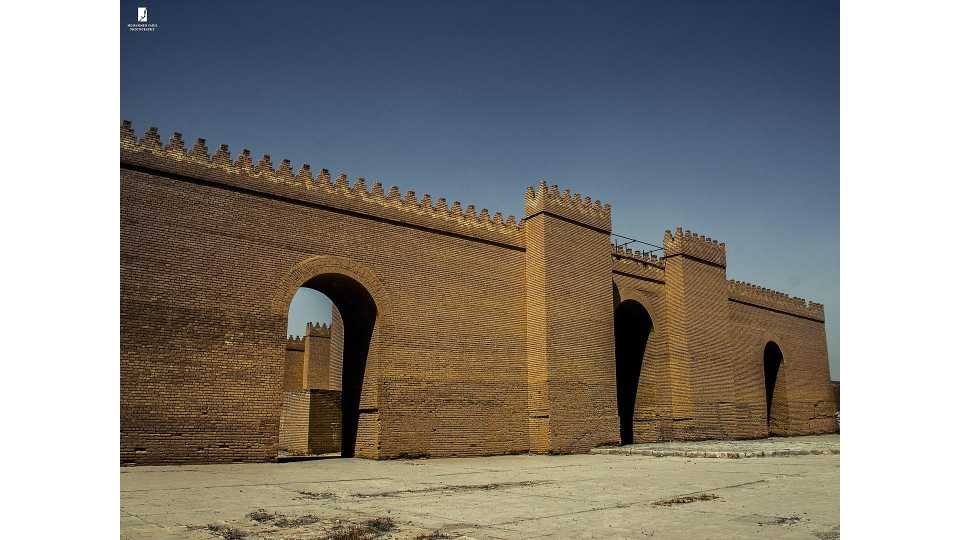
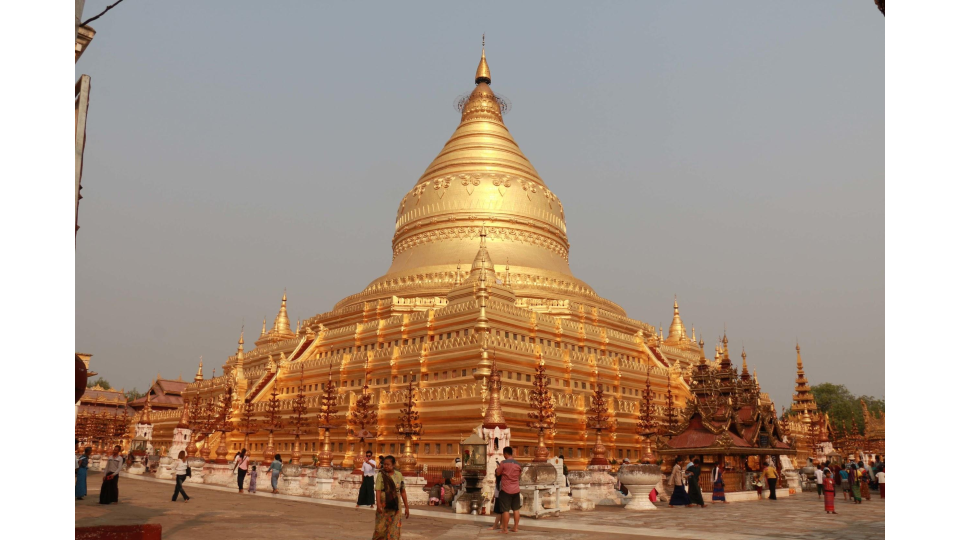
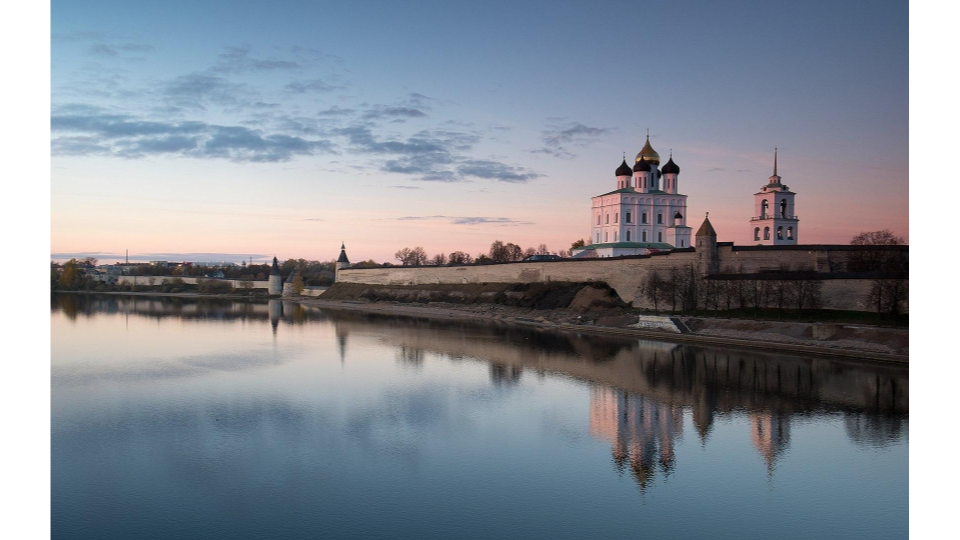
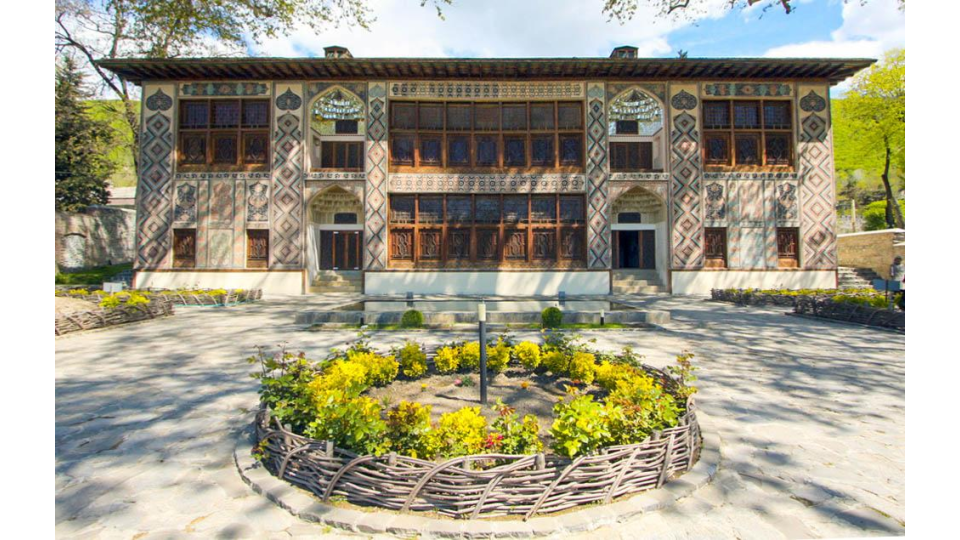
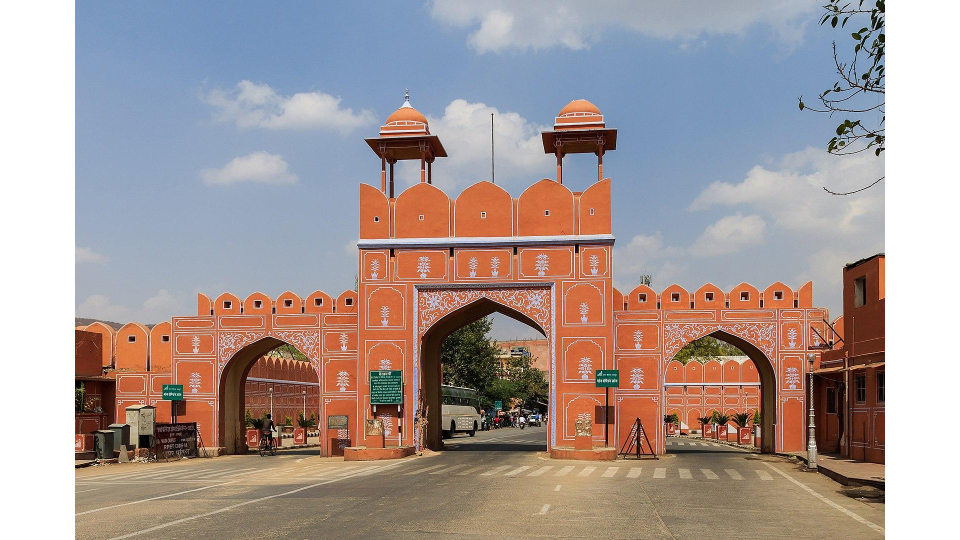

















![DEl Kathryn Barton [Australian b. 1972] the more than human love , 2025 Acrylic on French linen 78 3/4 x 137 3/4 inches 200 x 350 cm Framed dimensions: 79 7/8 x 139 inches 203 x 353 cm](/sites/default/files/styles/image_5_column/public/ab15211bartonthe-more-human-lovelg.jpg?itok=wW_Qrve3)


